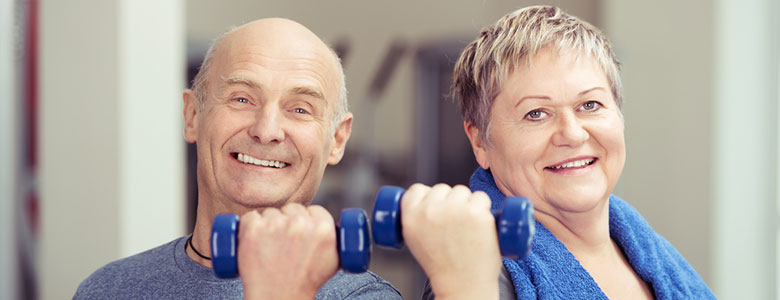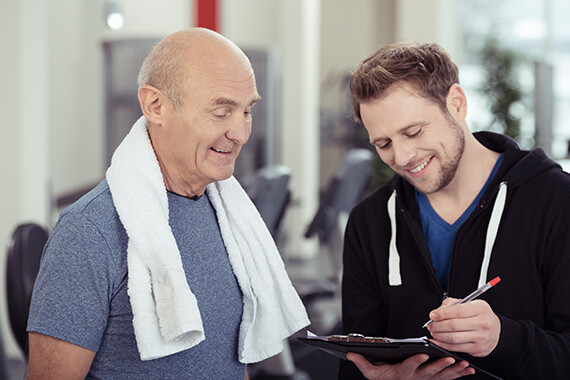What is a stroke?
![]()
A stroke occurs when the blood supply to the brain is interrupted suddenly and there are two main causes:
- Ischemic stroke: an artery in the brain gets blocked by a clot, preventing normal blood flow and delivery of oxygen
and nutrients to the brain (85% of stroke cases). - Haemorrhagic stroke: a break in the wall of a blood vessel results in a bleed in the brain and the disruption of blood flow may lead to temporary or permanent damage to the brain.
Stroke symptoms
Symptoms of a stroke vary between individuals and may include difficulty speaking; blindness or difficulty with vision; difficulty swallowing and eating; loss of balance; fatigue; reduced cardiovascular fitness; and difficulty thinking and memory; weakness, numbness or paralysis of the face, arms or legs, which may occur on one or both side of the body. Some people may experience a combination of symptoms or just one in isolation.
Symptoms can be present for hours, days, months or permanently. A transient ischemic attack (TIA) is like a mini-stroke where symptoms resolve within 24 hours. Stroke recovery varies greatly between individuals and can take years. Despite advantaces in therapies, not all stroke symptoms can be fully rehabilitated.

How does exercise help?
Exercise can be used both to prevent a stroke and to reduce the risk of subsequent strokes. Regular exercise and physical activity can also improve post-stroke recovery and help to manage symptoms of stroke.
The benefits of exercise include improvements to
- Strength and endurance
- Balance and coordination
- Walking
- Ability to complete day activities of daily living
- Flexibility
- Alertness and cognition
- Mood and quality of life
What exercise is best for people with stroke?

The best type of exercise or physical activity will depend on the extent of symptoms and recovery progress. The exercise should address any medical conditions that existed prior to the stroke or have presented following the stroke, such as cardiac conditions or diabetes. The right exercise should also be tailored to individual preferences as well as being accessible for the individual.
Minimising prolonged sedentary behaviour like sitting or lying down, is particularly important for people who have had a stroke. Many people report fatigue as a barrier to exercise despite evidence that regular exercise can actually help manage fatigue.
Aerobic activity Start at low intensity with small bouts of regular activity, then gradualy build the intensity and duration. Choose activities that reduce falls risk, such as an exercise bike.
Resistance training Aim for higher weight and lower repetitions (5-6), working different muscle groups 2-3 days a week.
Balance and coordination Functional training with a focus on increasing speed of walking, moving around and over
obstacles, stairs and slopes can improve balance in people with stroke
Special exercise considerations for people with stroke
For people affected by fatigue or with significant disability from stroke, short, intense and more frequent exercise may be better suited than long periods of activity. Before commencing cardiovascular exercise, it’s recommended to get medical clearance from your doctor and to exercise under the guidance of an Accredited Exercise Physiologist.
